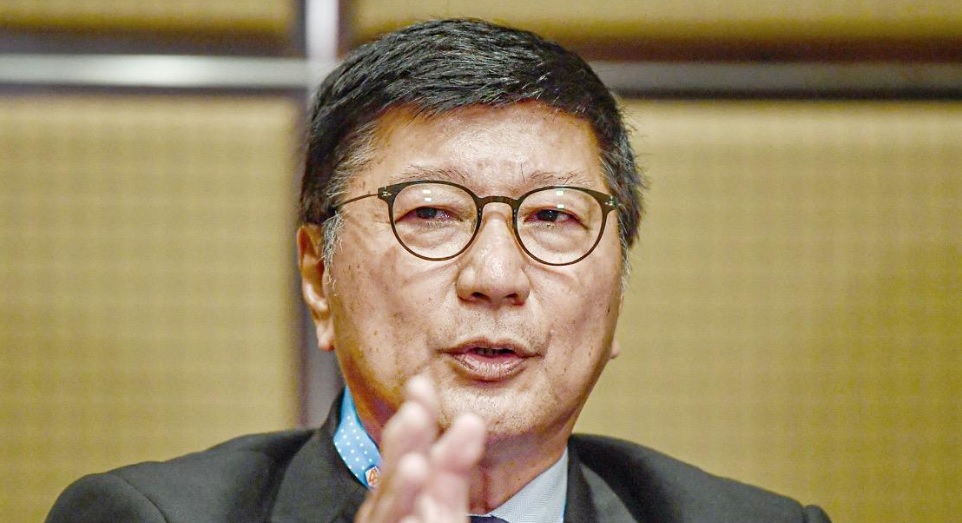
The Malaysian government recently proposed to implement a mandatory 2% Employees Provident Fund (EPF) contribution rate on foreign workers, which is much lower compared to the initial proposed 12%.
Prime Minister Datuk Seri Anwar Ibrahim said that the proposal would be discussed at the Cabinet level with the Ministry of Human Resources set to announce further details.
“There were some concerns that it might accumulate, starting at 2% and increasing to 4-6%. That is not the case. We are keeping it at 2%, which is very minimal,” he clarified.
During the tabling of Budget 2025 last year, Anwar announced plans to make it compulsory for all non-citizen workers to contribute to the EPF as part of the government’s commitment to provide fair treatment to all workers regardless of nationality, which will be implemented in phases.
Soon after, the Finance Ministry (MOF) proposed that the EPF contribution rate became standardised for both Malaysians and foreigners with new employment contracts, so that employees will contribute 11% and employers will contribute 12-13%.
According to FMM president Tan Sri Soh Thian Lai, the proposed initiative reflects an effort to balance worker and business sustainability, as FMM had already engaged with the EPF to raise concerns over the initial proposal, citing the cumulative cost burden on employers, including higher statutory contributions, escalating operational expenses and rising labour-related costs.
“The federation welcomes the government’s decision to implement a reduced 2% EPF contribution rate for foreign workers, compared to the previously proposed rate announced during the budget tabling, which included yearly increments over six years,” Soh said in a statement.
He emphasised that FMM remains committed to working with the government to ensure that policies affecting the manufacturing sector strike a balance between business growth and fair labour practices.
“We look forward to continued engagement with the relevant ministries to address any outstanding concerns and ensure a smooth implementation of the EPF contribution structure,” he added.
























